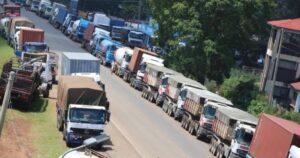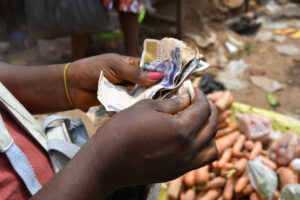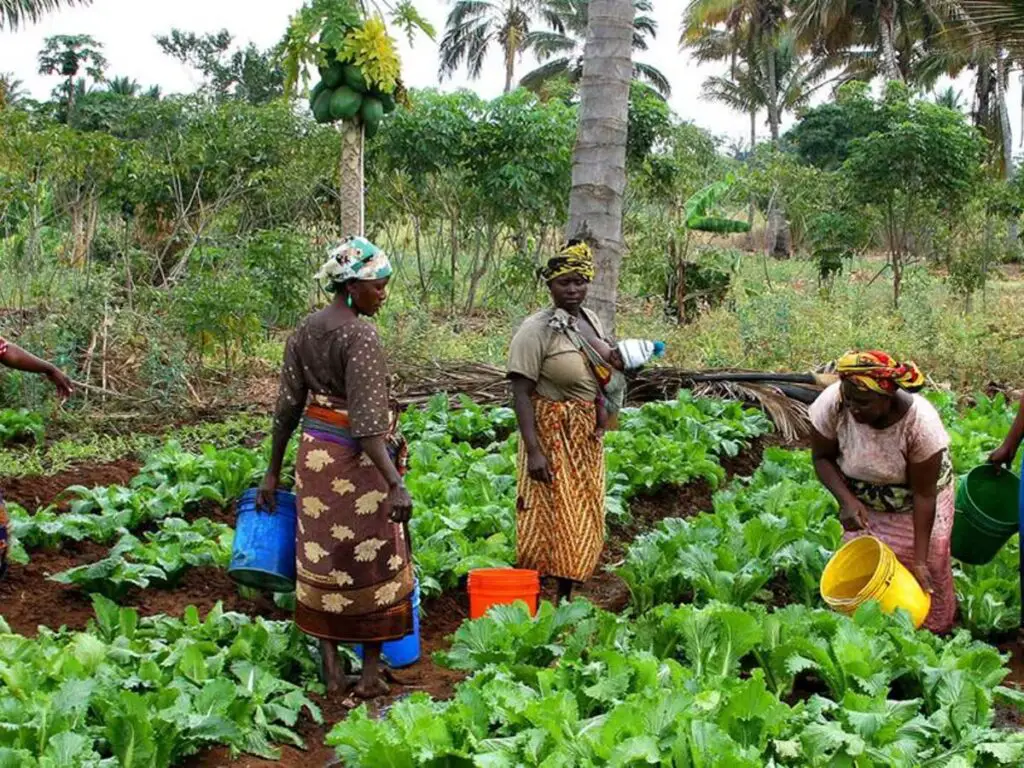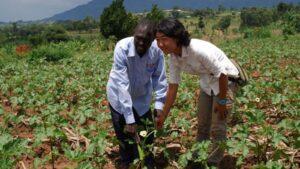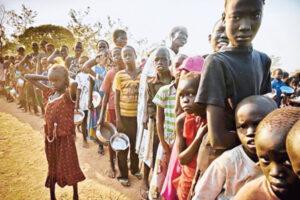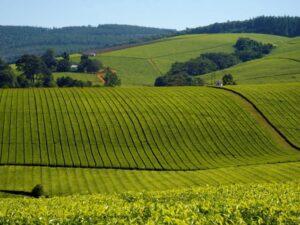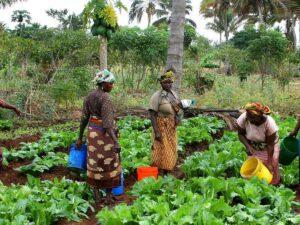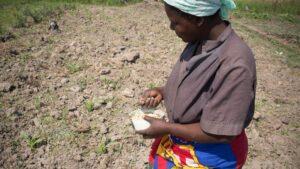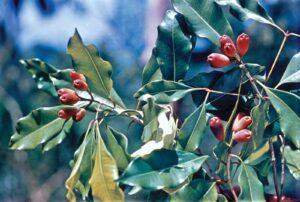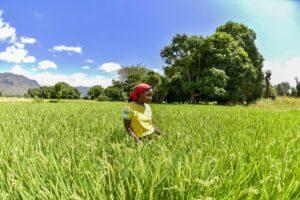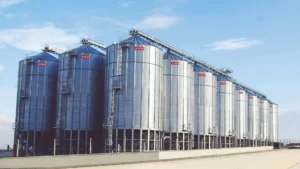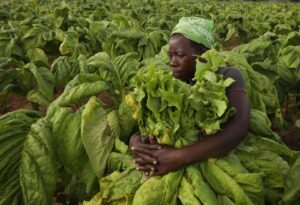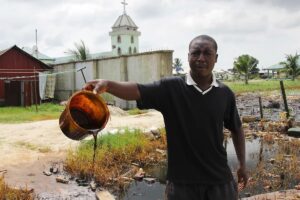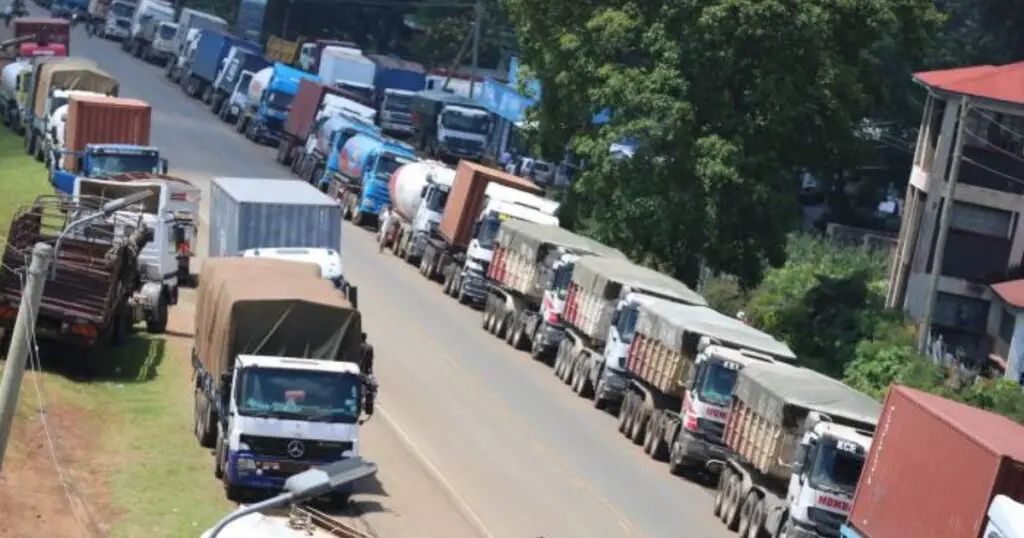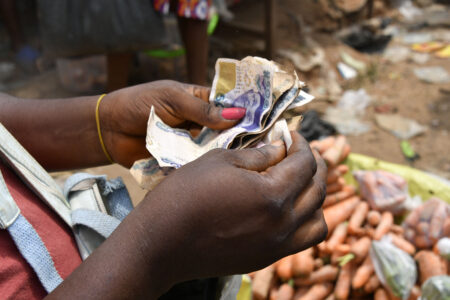- Kenya-Ethiopia Trade Relations: Legislators Advocate for Policy Alignment to Boost Ties
- Visualising the state of debt in Africa 2024
- Abu Dhabi radiates optimism as over 300 startups join AIM Congress 2024
- TLcom Capital Raises $154 million in Funding to Boost Its African Growth
- Africa’s $824Bn debt, resource-backed opaque loans slowing growth — AfDB
- LB Investment brings $1.2 trillion portfolio display to AIM Congress spotlight
- AmCham Summit kicks off, setting course for robust future of US-East Africa trade ties
- Why the UN is raising the red flag on the UK-Rwanda asylum treaty
Agribusiness
- Expensive loans remain a significant issue across populations engaged in agriculture in Nigeria, Tanzania and Zambia.
- A report by the Alliance for Green Revolution in Africa (AGRA) says capital injection is a significant strategy agribusinesses use to survive.
- Moreover, agribusinesses face high operational costs from fuel prices and low-profit margins driven by currency devaluations.
The lack of agriculture-friendly financial systems saw agribusinesses turn down expensive loan options in the market, with only 15 per cent taking on commercial capital in 2023 and the rest sourcing capital from friends, family and their business savings.
The incentives by the government channelled towards agriculture failed to adequately cushion Agribusinesses from economic shocks, a new report by Alliance for Green Revolution in Africa (AGRA) has revealed.
The African Agribusiness Outlook survey is conducted annually to gain insights into the sector’s top priorities, how they address challenges, and what SMEs see as opportunities.
A reflection …
- Sustainable agriculture employs 65-70 percent of Africa’s labour force.
- Only two to three percent of African renewable water resources are usable compared to the 5 percent worldwide.
- In 2019 a report revealed that Africa produced more than 50 percent of the world’s cassava.
A severe drought has left millions of people in Africa dependent on grain from Ukraine, a country at war with Russia, yet a number of crops that could support more climate-resilient and healthful food systems in sub-Saharan Africa continue to receive limited attention.
Across Africa, cassava, sugarcane and maize stand out for supporting millions of families in governments’ quest to maintain food security
Sustainable agriculture is one of the highlights that support Africa’s economic development. For decades these cash crops in Africa have accounted for almost 20 percent of the entire continent’s revenue. It has further advanced and introduced concepts such as agritech, significantly teaching better farming …
- Limited internet access is inhibiting the uptake of agricultural innovations across Africa.
- While Agriculture remains the backbone of Africa’s economy, farmers in rural areas are yet to benefit from the innovative solutions designed to increase productivity within the sector.
- Innovative solutions are the key to boosting employment and increasing youth participation in the agricultural sector.
Limited internet access is inhibiting the uptake of agricultural innovations across Africa. This is according to Hon. Frank Tumwebaze, Uganda’s Minister for Agriculture, Animal Industry and Fisheries.
Speaking at the sidelines of the two-day Africa-Korea Agtech Innovation Summit held in Nairobi, Hon. Tumwebaze, said, “While Agriculture remains the backbone of Africa’s economy, farmers in rural areas are yet to benefit from the innovative solutions designed to increase productivity within the sector.”
The Uganda Minister emphasized the role of Governments’ investment in internet penetration across Africa’s rural areas. This will aid in adoption of …
There is a lot of hype around the Zimbabwe Stock Exchange (ZSE).
For instance, it is said to have had the best performance of African stock market indices over the first nine months of 2020, according to a consolidated report by the African Markets platform. During that period the Zimbabwe All-Share Index, the main index of this financial market, grew by 612 per cent.
This was when values were calculated using local currency. When the values are calculated using US$ and Euros the market still posted some very impressive returns of 46.6 per cent and 40 per cent respectively. This implies that investors who made hard currency investments in African markets made the most money from their investments in Zimbabwe… A caveat is in order here because these are merely statistics…

In 2020, only Malawi and Rwanda had their stock markets post positive returns albeit marginal with returns of 6.8 …
On a spiritual level, the fracturing of the relationship between the people and the land as urbanisation kicked in with a vengeance is causing lasting and severe damage to the environment and the population’s food security.
The curious thing to a British observer is that nearly all of the people of my age (more than 50 years!) whom I know and who are at the top of their professions in finance, government, trade, hospitality or retail are also…..farmers.
In fact, I know hardly anyone who came to the big city seeking an escape from rural ways who is not now farming in the village or on the outskirts of their city. Many times I see them a good deal more excited about their crops than they are about their balance sheets.…
The potential for Africa to feed the world cannot be underestimated. IFAD’s The Field Report indicates that a quarter of the world’s arable land is found in sub-Saharan Africa yet the region produces only 10 per cent of the world’s agricultural output.
Sadly for Africa, rural poverty keeps driving people away from the countryside to the cities in search of a better life. Year after year, cities that have become overcrowded are putting the vulnerable at risk with forced migration.
Globally, there will be more than 9 billion people on earth by 2050 which is an extra two billion mouths to feed.
If policies are right, Africa is primed to tap into the opportunity offered by this population growth. IFAD indicates that economic growth from agriculture in sub-Saharan Africa is 11 times more effective at reducing extreme poverty than any other sector. African governments have to get their priorities right. …
The processing factory set up by Indesso may propel Tanzania to become the largest clove oil producer in Africa.
Aloyce Elia Kibiriti, the Chairman of the Msasa IBC village, said that representatives from Indesso camped in the area and chose their village to construct the proposed clove leaves-to-oil producing factory significantly for export to Indonesia.
Chairman Kibiriti added that they had already secured land for the project, saying it would create employment for the farmers who lost their farms after creating the Derema Conservation Corridor.…
With so many more mouths to feed every year, the World’s ambitious Sustainable Development Goals, particularly on poverty eradication and ending hunger, seem further away than ever before.
The trend is global, and on October 16, 2021, the UN admitted and warned that the global fight against hunger is being lost.
With the warning, the UN called for action to improve food security for the world’s most vulnerable people, African coming on top of that list. For a place that relies so heavily on substantial farming for a livelihood, Africa faces a most daunting reality, clear forests to farm, lose potential output.…
The Tanzania Cereals and Other produce Board (CPB) reported that the grain stores in Juba and Lubumbashi were already experiencing a vibrant business environment. They also expected the Mombasa facility to outperform the two.
According to the 2019 Statistics, Tanzania exported more than 97,000 tonnes of maize. This factor opened the country to the opportunity of launching its grain surplus scheme with the Southern Agricultural Growth Corridor of Tanzania (SAGCOT).
SAGCOT was established in 2010 to create a transformed and economically viable agricultural sector in Tanzania that protects food security, enhances environmental sustainability, and improves livelihoods. The Agricultural growth corridor uses 350,000 hectares in the fertile southern islands of Tanzania to grow maize, wheat, paddy, sorghum, cassava, millet, beans, bananas and sweet potatoes.…
